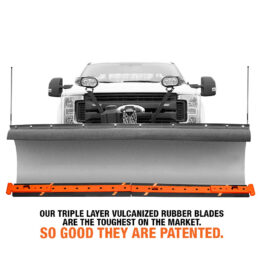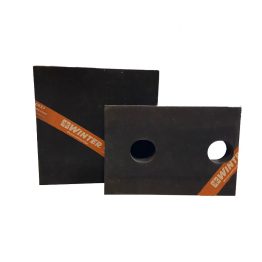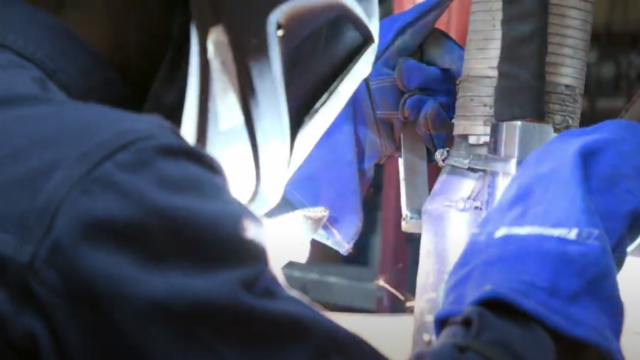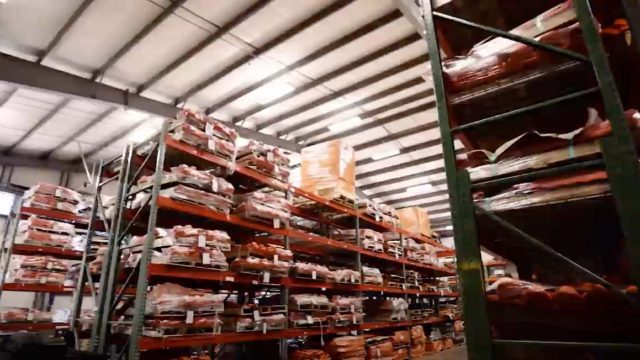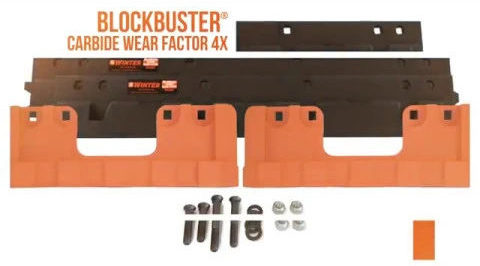Your Recent Search:
3 Reasons You Should Be Using a Rubber Cutting Edge
April 4, 2018
It’s easy to write off rubber blades. They’re typically twice as expensive as steel and are often dismissed as wearing away too quickly, but there’s more to rubber than meets the eye.
Here are a few reasons why rubber blades may be your best bet for the next big weather event to hit your area:
1) They’re flexible
Rubber blades can actually contour to the surface of the roadway, allowing for greater accuracy and higher rate of snow removal in wetter conditions.
2) They’re gentler on surfaces
Rubber cutting edges act as a “squeegee” to move slushy snow. Their non-aggressive edge can be used on brick or decorative pavement without damaging expensive surfaces.
3) They work phenomenally (in the right conditions)
Rubber cutting edges are best when used in light, fluffy snow or slushy weather. Oftentimes, rubber blades will not scrape away hard-packed snow and ice, so it’s crucial that a rubber cutting edge is working alongside a comprehensive deicing strategy.
But, wait! Remember, rubber blades are not all created equal. There is a hierarchy within this family of cutting edges.
For starters, it’s important to ensure that your blades have durometer levels of at least 60 and a PSI (pounds per square inch) of at least 2000.
Additionally, fit is crucial when it comes to rubber cutting edges. Your cutting edges can be ordered blank for custom fitting or pre-punched to fit the equipment you currently have. We recommend a stabilization bar, which can be the existing steel blade. Your plow will also need longer mounting bolts to accommodate the added thickness that comes with using these blades.
When installed and used correctly, rubber blades are your best bet for slushy weather, but remember to use caution when handling hard-packed snow or ice. Keep the rubber on the light, fluffy snow and decorative pavement.
Get more information on the market’s best rubber blades!
Subscribe to our blog
Get notified when we post a new article
"*" indicates required fields
